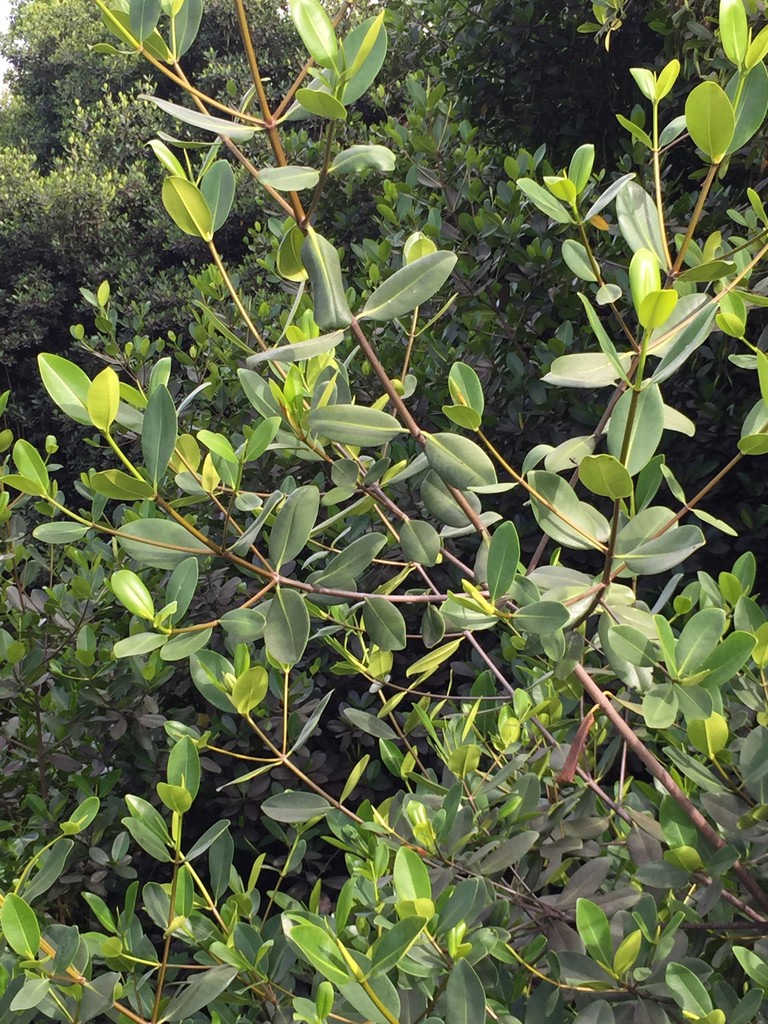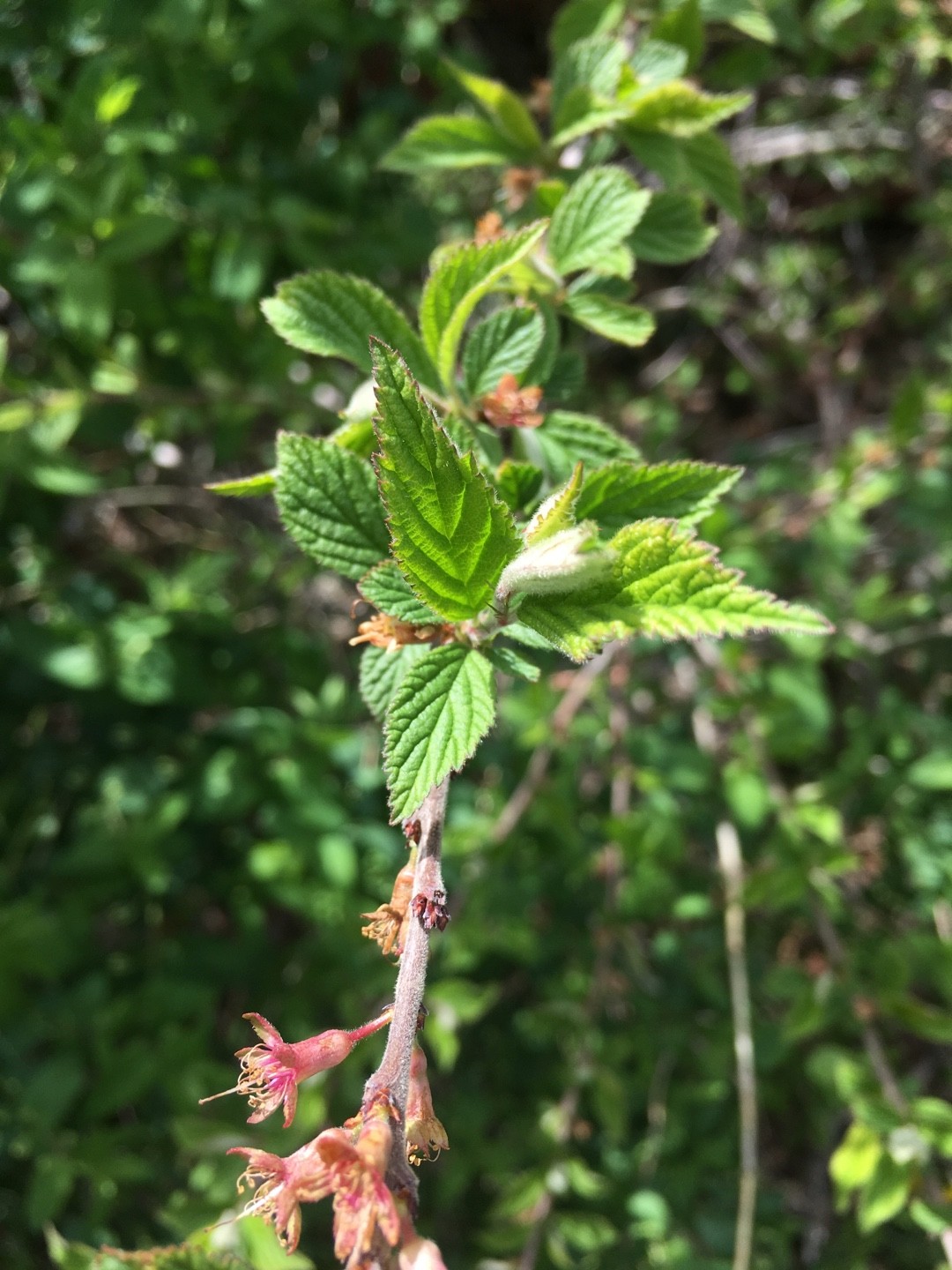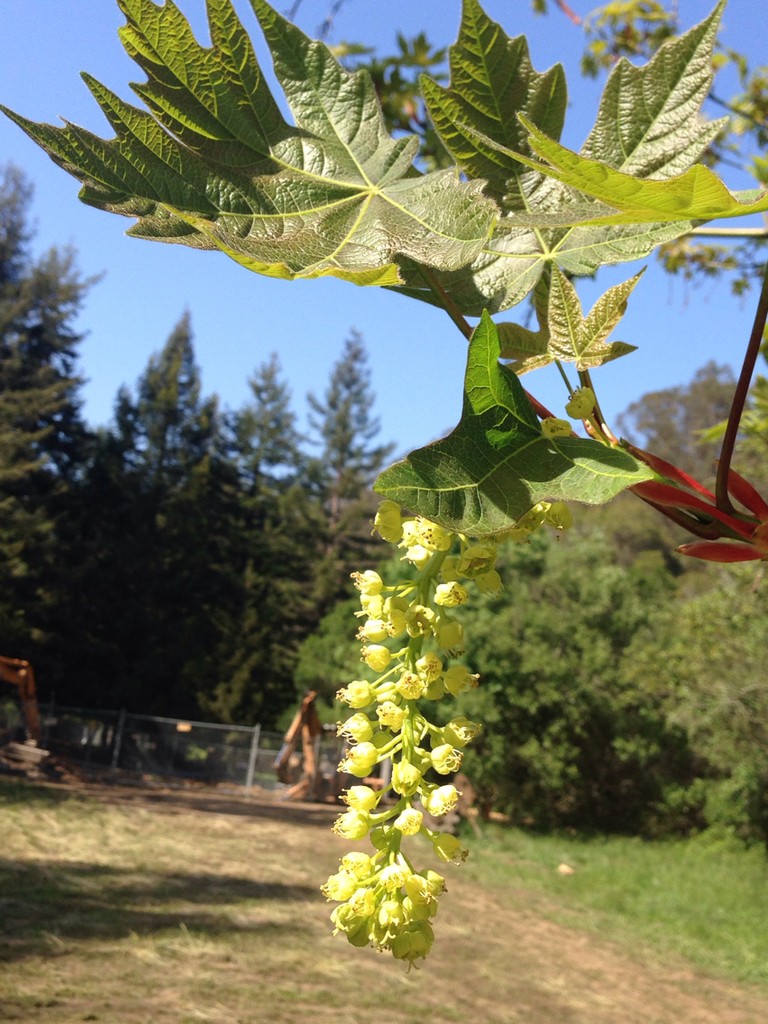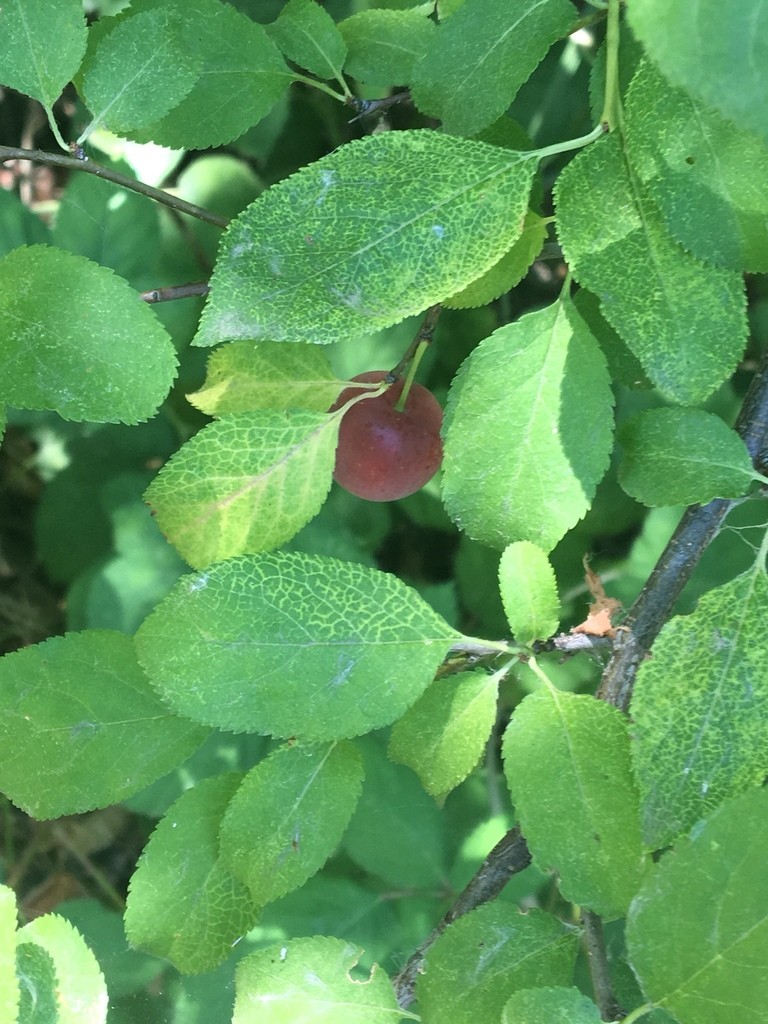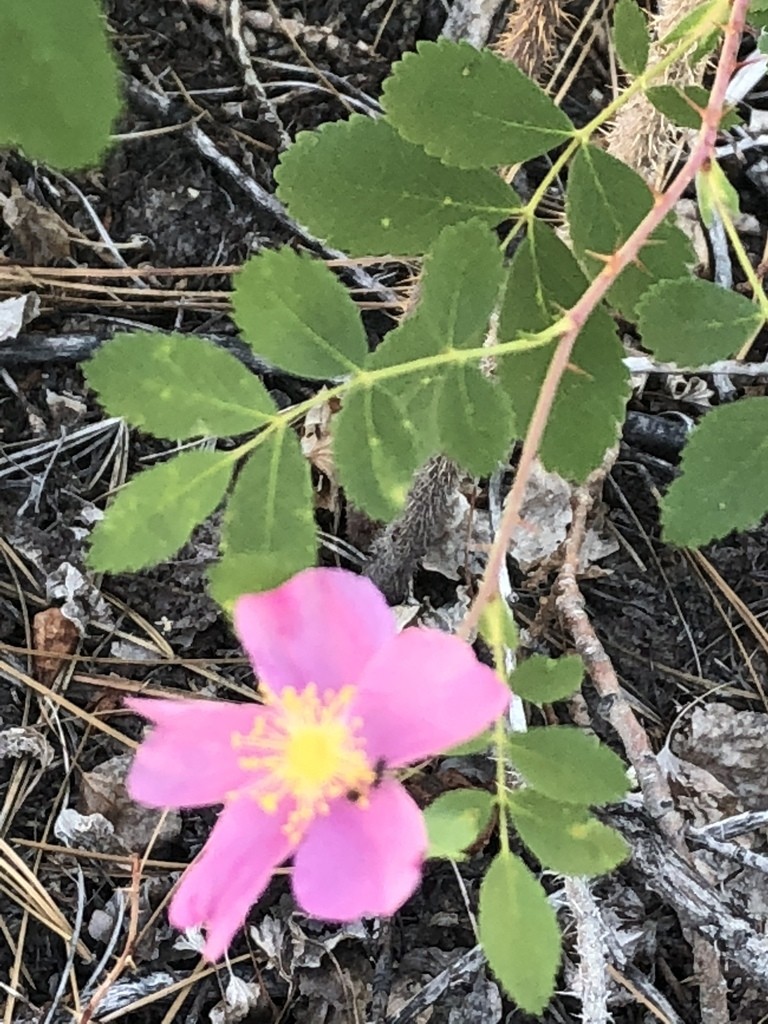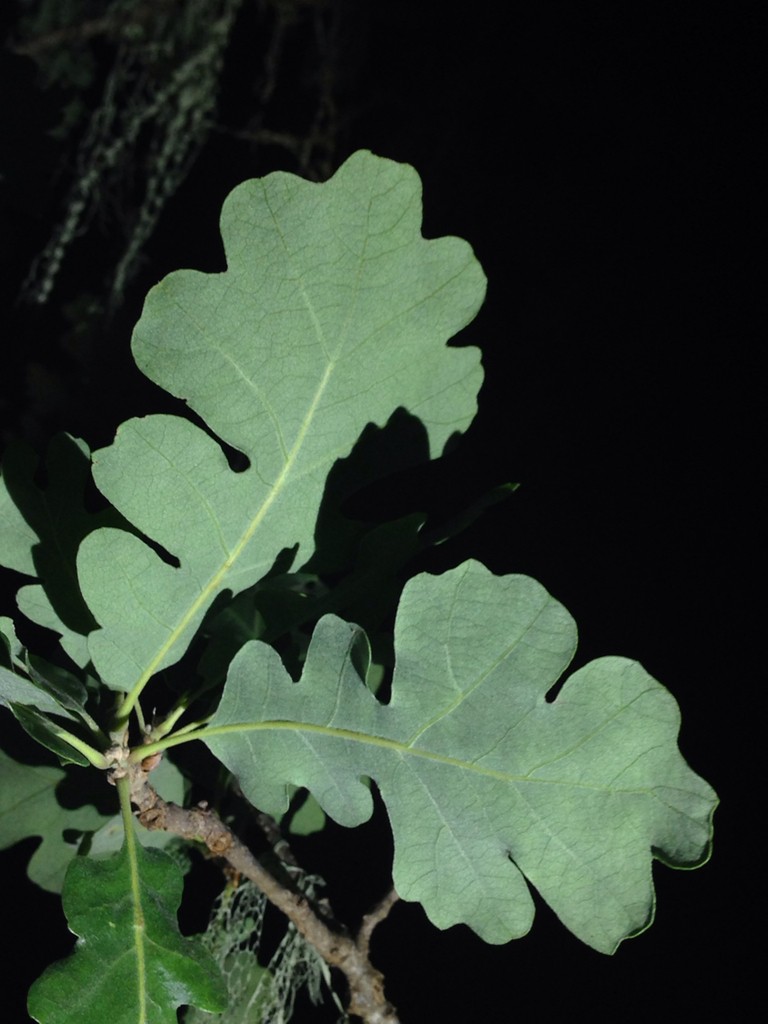Florida keys indian mallow
Florida keys indian mallow is a bushy perennial with fuzzy leaves and stems, aptly showcasing a hirtum ('hairy') characteristic. Its large, bell-shaped yellow flowers bloom under the warm sun, attracting various pollinators. Thriving in arid to semi-arid climes, florida keys indian mallow leverages its hirsute foliage to reduce water loss, ensuring resilience amid dry conditions.














